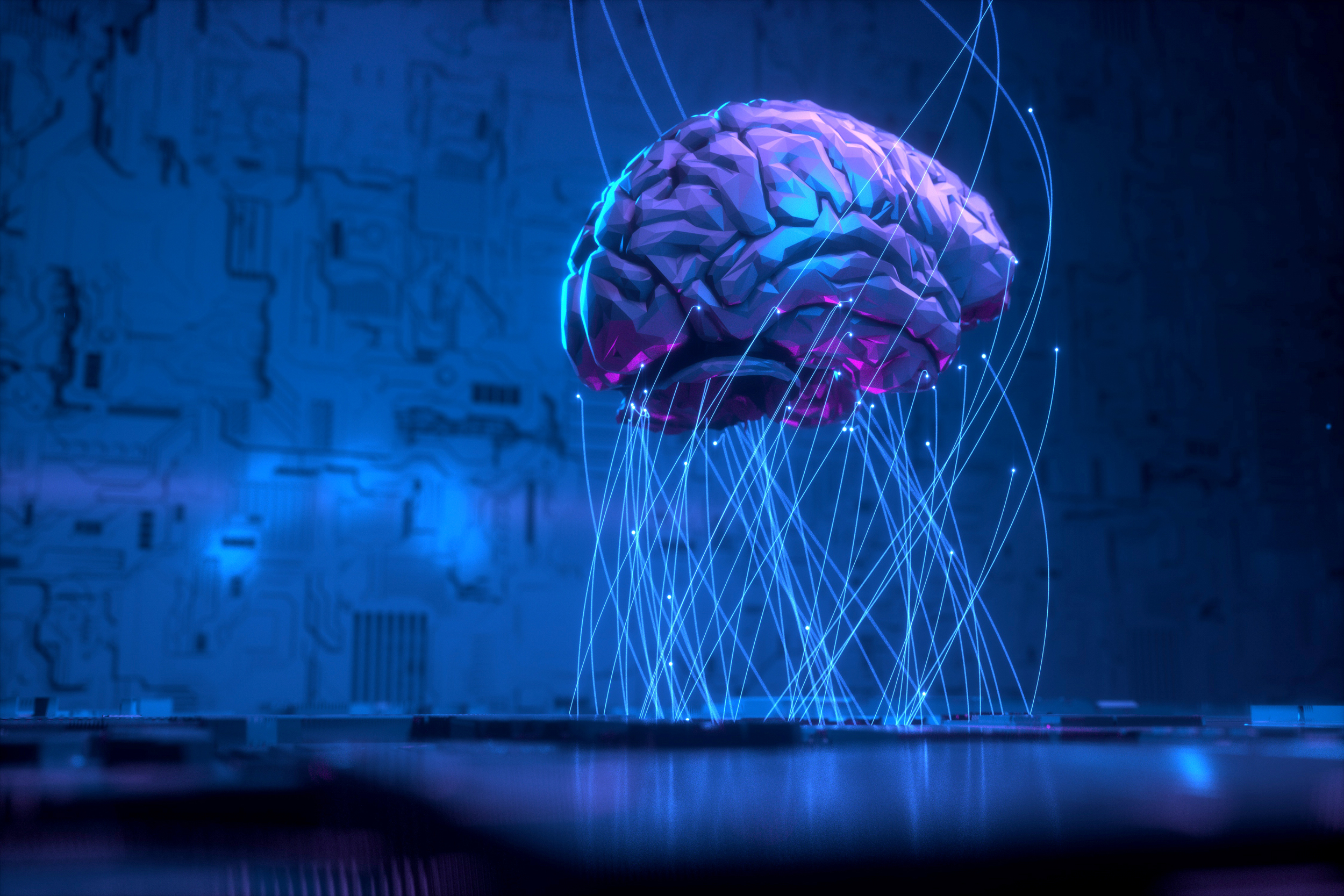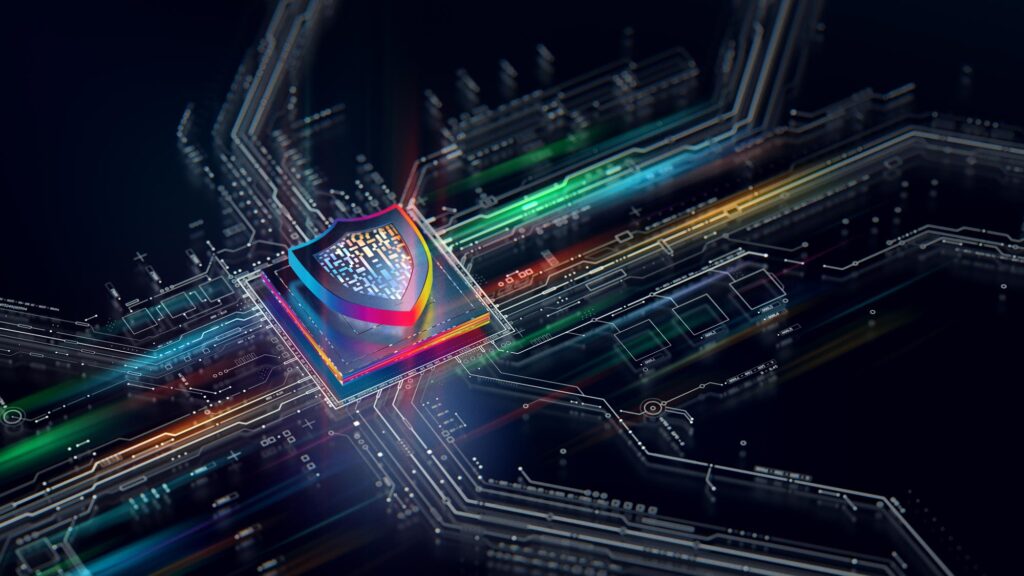
Over the last 2 years AI has been a dominant subject of Intellectual Property, Patent, and Copyright media space, especially as resolutions to cases regarding critical copyright issues and AI inventorship abilities conclude and set new standards for how AI can be used. The integration of artificial intelligence (AI) into the patent and intellectual property (IP) industries has sparked numerous concerns, reflecting the transformative yet challenging nature of this technology.
While AI has the potential to revolutionize the patent and IP industries by enhancing efficiency and innovation, it also brings a host of concerns that entities are beginning to carefully address. These include redefining inventorship, managing application volumes, ensuring unbiased AI processes, tackling enforcement complexities, and harmonizing international laws. Addressing these concerns is vital to harnessing AI’s benefits while maintaining a fair and effective IP system. But what about AI’s potential ability to safeguard and protect against patent infringement, while simultaneously being used to ensure greater ideation success before patents are filed? It turns out AI has incredible potential to serve as a primary guardian of patents.
A Decade of Decline in Patent Litigation
Patent litigation has been declining in the United States, with the number of new patent lawsuits in 2023 dropping 24% from 2022. Patent litigation involves a claim that another party’s product or method infringes on a patent issued by the USPTO. A winning patent owner can typically get a court order to stop further infringement and award monetary damages. Patent litigation can be expensive, with the average cost estimated at $3.5 million. Even the initial stage of claim construction can cost hundreds of thousands of dollars. Patent litigation is very rarely about receiving adequate recompense for the violation, and more about safeguarding the future integrity and profitability that accompanies locking down the patent rights.
General explanations for this decline include factors such as a decrease in patent case filings by high-volume plaintiffs, the cessation of lawsuit filings by large contributors, such as IP Edge LLC, and the 2006 Supreme Court’s unanimous decision in eBay v. MercExchange (547 U.S. 388) significantly changed the standards for granting injunctions in patent cases.
But will this decline continue? And how will the proliferation of new advents, such as AI, change this landscape?
AI Improves Efficiency in Detecting Copyright and Design Infringement?
AI can serve as an automated cyber patrol, rapidly detecting potential copyright and design infringements. It can identify and prioritize risks, potentially detecting infringement before it occurs by analyzing past content. AI’s big data analysis capabilities enable it to identify infringing behaviors globally.
Computer speech and vision AI can recognize infringement patterns, predict future infringements, detect the marketing of infringing goods, and identify inappropriate use of logos and images. Deep learning-based optical character recognition can distinguish between infringing and authentic goods or content. Natural language processing (NLP) can identify infringers’ behavior, improve content recognition tools, translate websites, and detect infringing content in multiple languages. Explainable AI helps understand the rationale behind AI decisions, explaining infringement patterns and increasing AI reliability. And this is just the tip of the iceberg.
AI Improves Efficiency in Detecting Copyright and Design Infringement?
AI can serve as an automated cyber patrol, rapidly detecting potential copyright and design infringements. It can identify and prioritize risks, potentially detecting infringement before it occurs by analyzing past content. AI’s big data analysis capabilities enable it to identify infringing behaviors globally.
Computer speech and vision AI can recognize infringement patterns, predict future infringements, detect the marketing of infringing goods, and identify inappropriate use of logos and images. Deep learning-based optical character recognition can distinguish between infringing and authentic goods or content. Natural language processing (NLP) can identify infringers’ behavior, improve content recognition tools, translate websites, and detect infringing content in multiple languages. Explainable AI helps understand the rationale behind AI decisions, explaining infringement patterns and increasing AI reliability. And this is just the tip of the iceberg.
The Future of AI As a Safeguard and Protection Tool
In terms of IP enforcement and litigation, AI tools can improve monitoring and detection of infringements but also make stealthy infringements easier. The technical complexity of AI-related patents complicates litigation, requiring specialized legal knowledge and potentially increasing costs. Additionally, the global nature of AI development complicates harmonization of patent laws across individual jurisdictions. Different approaches to AI and IP in various countries could lead to inconsistencies and conflicts in international patent protection and enforcement.
Despite the complexities with using, managing, and integrating AI technologies to protect patents, AI is a disruptive technology that has the potential to positively improve a number of aspects of IP disputes.
Using AI As a Proactive Method to Successful Ideation and Patent Generation is Still the Best Process
While patent litigation may be absolutely necessary for corporations to safeguard their IP, using AI workflows as proactive methods for exploring ideation and problem solving workflows is poised to be the most efficient way to ensure patent integrity and success. IP.com’s ideation and problem-solving technology is a blend of generative AI and Semantic Gist to provide the intelligent AI-powered workflow exploration needed to ensure this success.
The service offerings of IP.com® are more than standalone pieces of software. They form an integrated suite that accelerates innovation; fueling ideation and problem solving, . To address this global need across the innovation and IP industry, IP.com developed the Innovation Power (IP) Suite – a collection of solutions, analytics, and services designed to accelerate results along the innovation lifecycle. The backbone and common DNA across the IP Suite is a unique and powerful hybrid AI engine – CompassAI & Semantic Gist®. It has been powering enterprises, large and small, using natural language processing to provide seamless access to insights across billions of data points that are constantly growing and always evolving. The IP Suite focuses on providing a simple, secure, and scalable platform using class-leading AI and substantiating results through proprietary novelty scoring, comprehensive analytics, and robust patent and non-patent literature databases, all supported by an adaptable array of client-side services .




